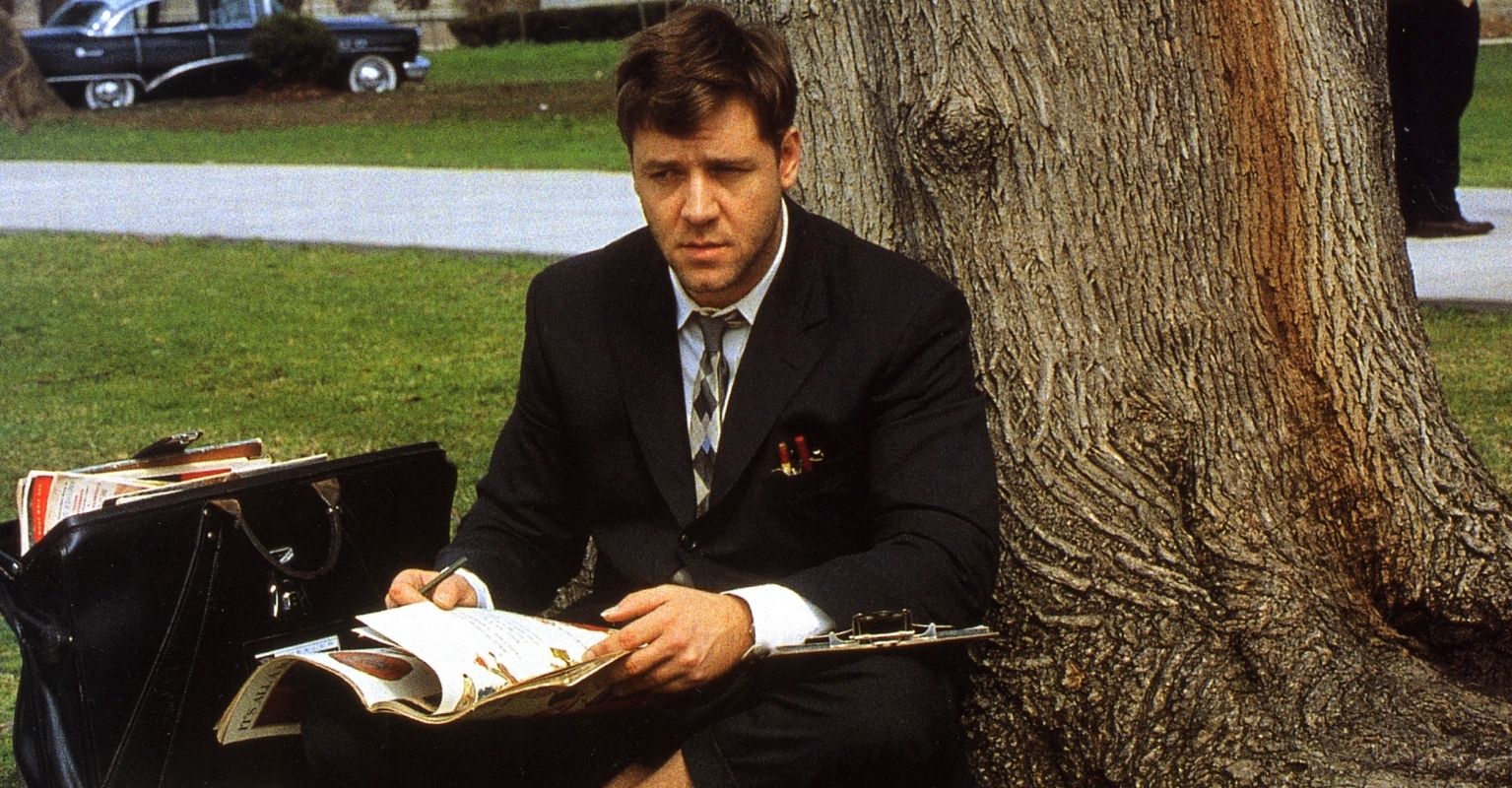Everyone loves a film that's rooted in truth. But as we all know, Hollywood and the film industry have a habit of sensationalizing the truth to make the story that little bit more dramatic. Who can blame them? It certainly is one way to sell tickets.
What viewers don't know is just how far screenwriters and directors twist the truth to keep us entertained.
Here we break down 10 films that were supposed to be based on true stories but are more grounded in fiction than fact...
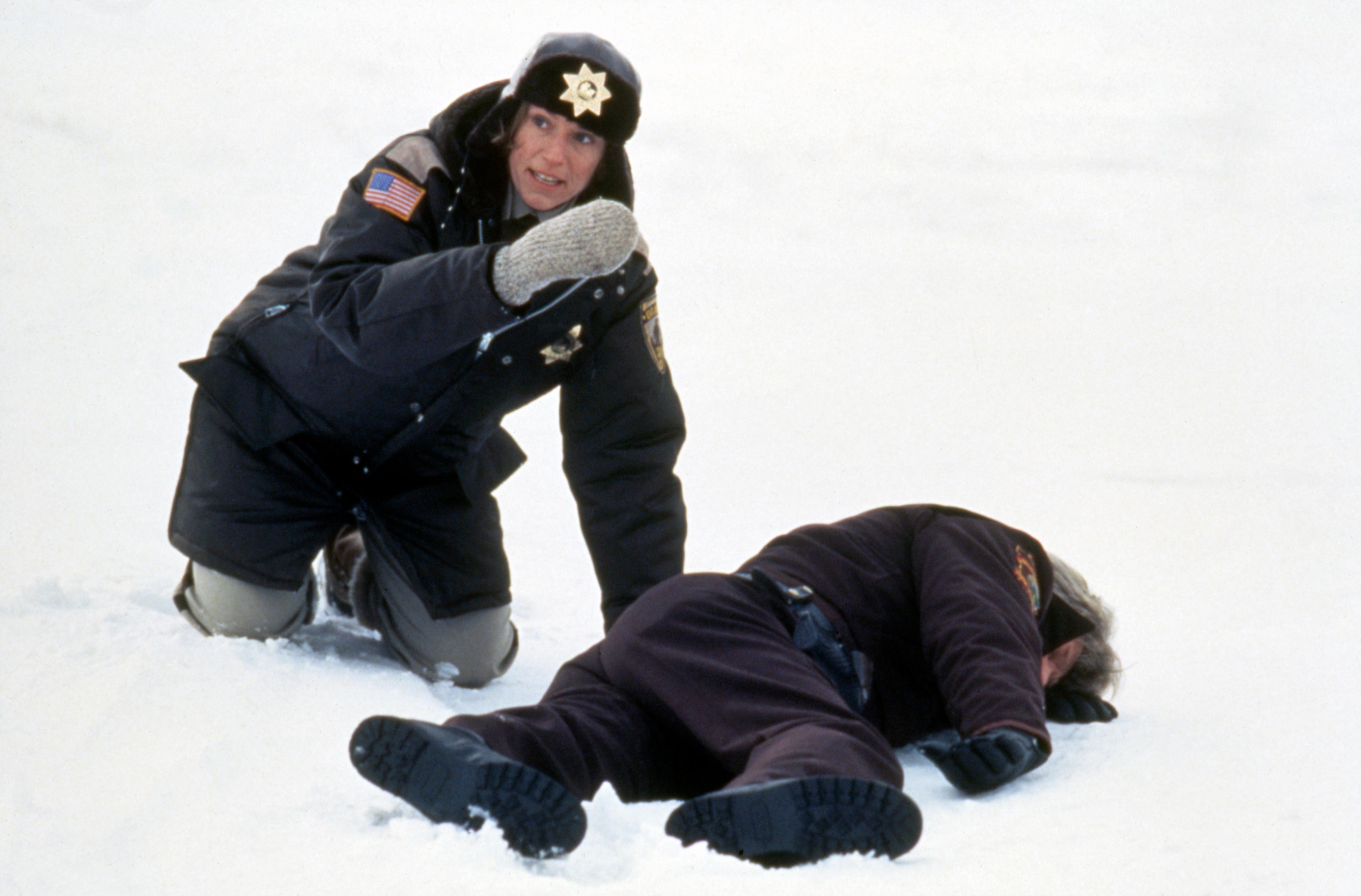
1. Fargo (1996)
While Fargo starts with text that states "THIS IS A TRUE STORY" — and that the events of the film happened in Minnesota in 1987 — that isn't quite true. Writer-director pair, Joel and Ethan Coen, very loosely based the script on real events. Twenty years after the film aired, in 2016, the directors revealed their inspirations in an interview with The Huffington Post.
"There are actually two little elements in the story that were based on actual incidents," Joel stated. "One of them is the fact that there was a guy, I believe in the '60s or '70s, who was gumming up serial numbers for cars and defrauding the General Motors Finance Corporation. There was no kidnapping. There was no murder. It was a guy defrauding the GM Finance Corporation at some point.
"The other thing based on something real: there was a murder in Connecticut, where a man killed his wife and disposed of the body — put her into a wood chipper. But beyond that, the story is made up."
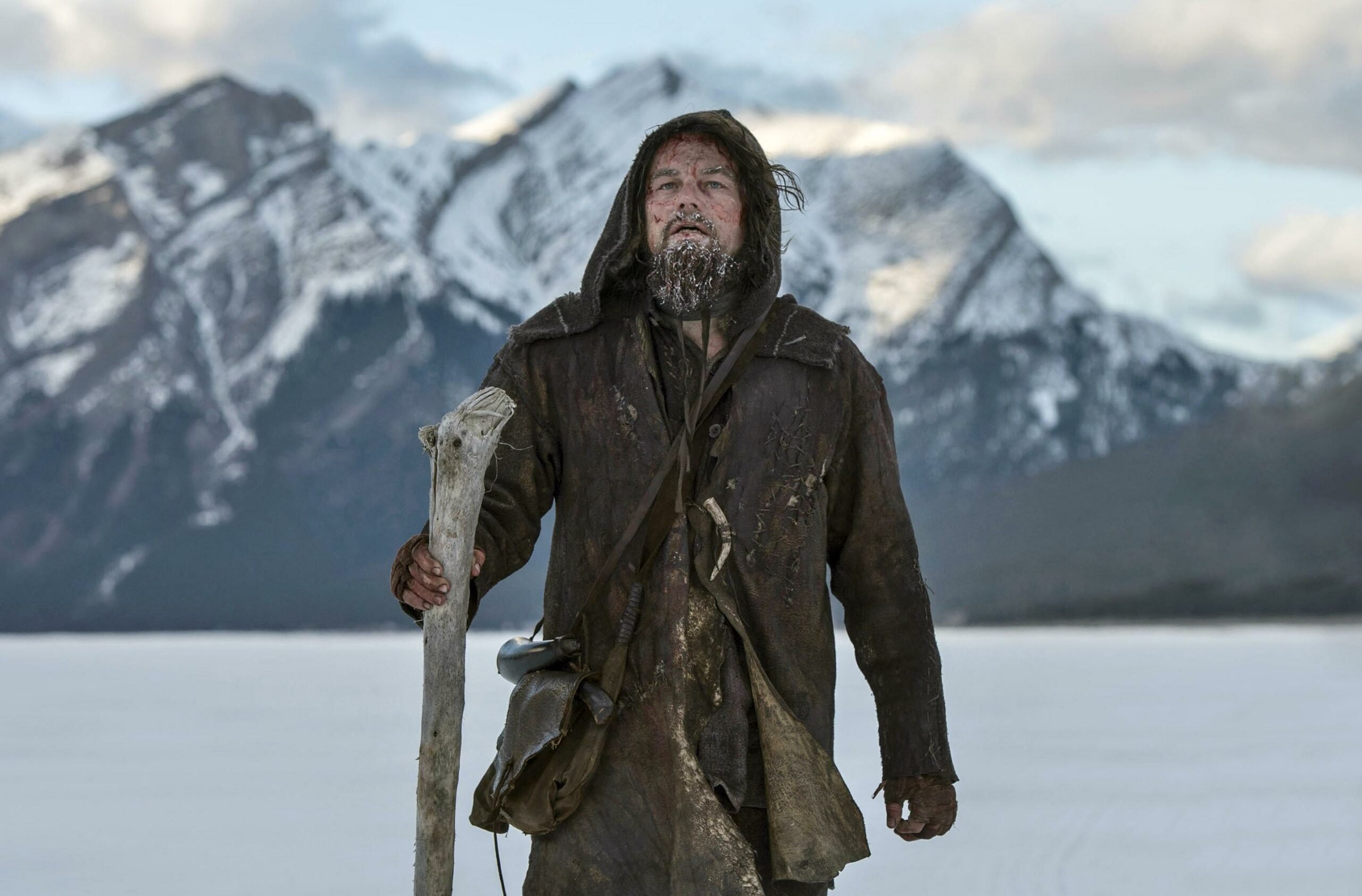
2. The Revenant (2015)
Alejandro G. Iñárritu's film, which finally landed Leonardo DiCaprio an Oscar, was more fiction than fact. While Hugh Glass was a real frontiersman who did survive some dangerous obstacles, including a bear fight, there were some made-up moments added for drama. It's a movie, after all!
Per the historical record, Glass did not have a son, so the plotline of him seeking vengeance against the men who killed his child and wife are incorrect. And while he did abandon Tom Hardy's character, John Fitzgerald, he never got the opportunity to enact his revenge, and ultimately show him mercy.
Instead, he gave up his pursuit of Fitzgerald after discovering that he had become an army member, which gave him protection by the government.
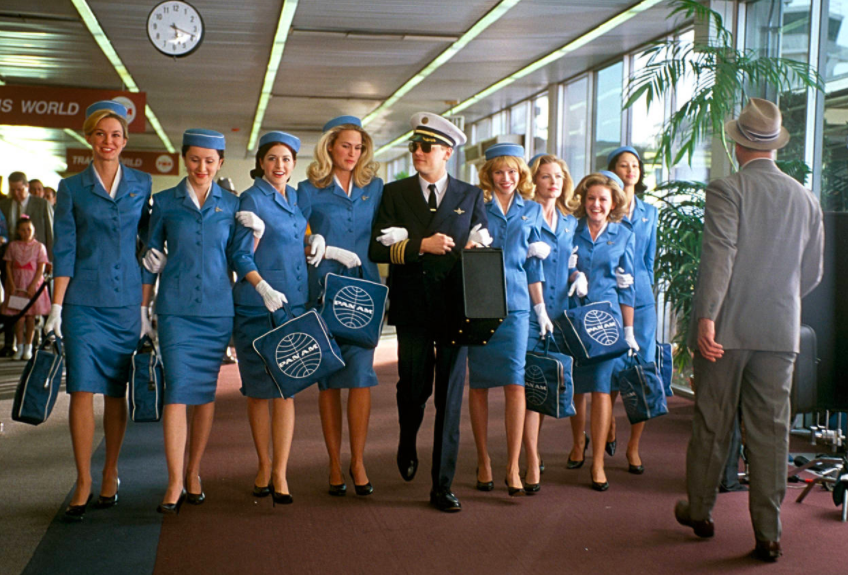
3. Catch Me If You Can (2002)
In Catch Me If You Can, Leonardo DiCaprio stars as the real-life Frank Abagnale who committed a number of scams worth millions of dollars, all before his 19th birthday. He posed as a Pan American World Airways pilot, a doctor, and even a parish prosecutor.
But the film got something major wrong: per USA Today, the FBI agent Carl Hanratty — played by Tom Hanks — was actually a combination of multiple agents who followed Frank Abagnale throughout his escapades.
One of Abagnale's first scams that we see in the movie was also non-factual. The real Abagnale never convinced his class that he was a substitute French teacher. He also never called Hanratty on Christmas Eve, explaining to the publication: "Why would I do that? I didn't want the FBI to know where I was."
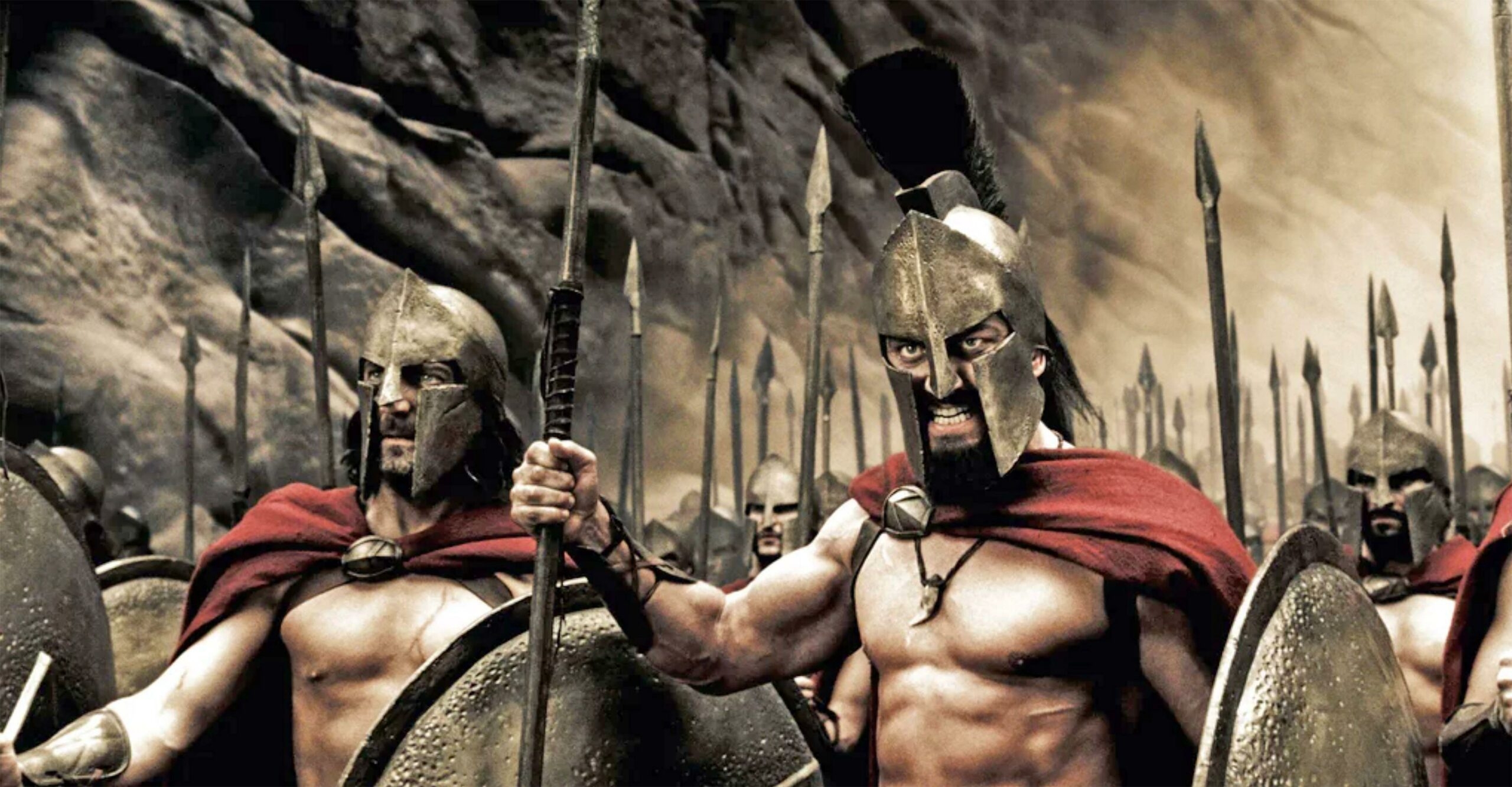
4. 300 (2006)
The epic period drama film is a fictionalised retelling of the Battle of Thermopylae, which took place within the Persian Wars. The plot revolves around King Leonidas — played by Gerard Butler — who leads 300 Spartans into battle against the Persian "God-king" Xerxes (Rodrigo Santoro) and his army of more than 300,000 soldiers. As you can probably guess, there were a lot of inaccuracies...
Director Zach Syder actually told Entertainment Weekly that he "didn't want to render Sparta in overly accurate terms".
"Ultimately I do want you to root for the Spartans. I couldn't show them being quite as cruel as they were. I made them as cruel as I thought a modern audience could stand." He added that the film's errors — which included having more than just Leonidas' bodyguards at the Battle at Thermopylae — were "intentional" as he wanted viewers to check out the actual facts about the Spartans.
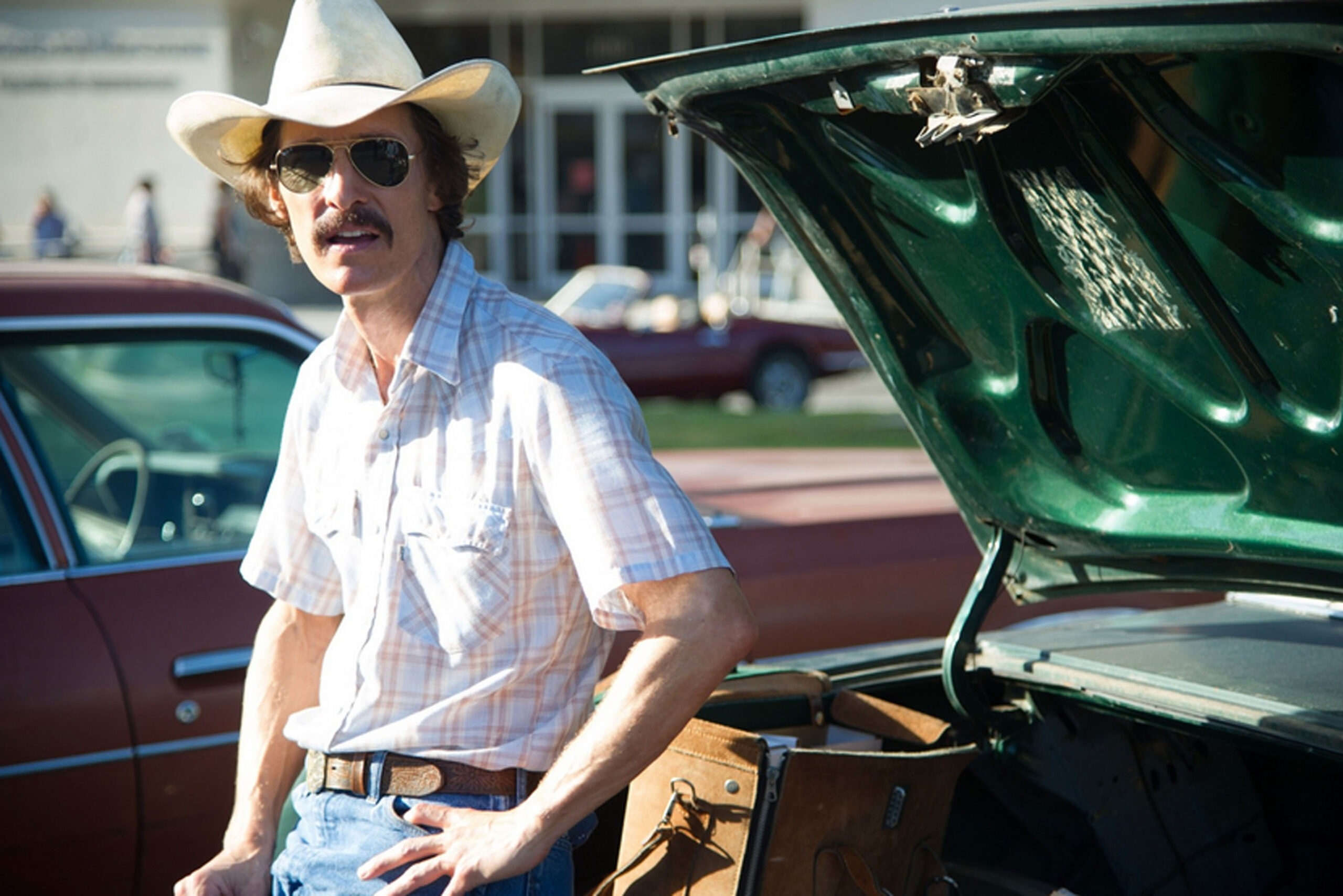
5. Dallas Buyers Club (2013)
While Dallas Buyers Club is the true story of Ron Woodroof, played by Matthew McConaughey, who was diagnosed with AIDS in the 80's when there was no cure, there are several inaccuracies when it comes to his story.
The Texan is depicted as a competitive rodeo driver, which he was not. The screenwriter, Craig Borten, told Slate that he wrote this in to symbolise Woodroof's struggle. There is also no evidence that he was a homophobe and misogynist before his diagnosis. And the doctor Eve Saks (Jennifer Garner) and his transgender business partner Rayon (Jared Leto) were both made up for the film.
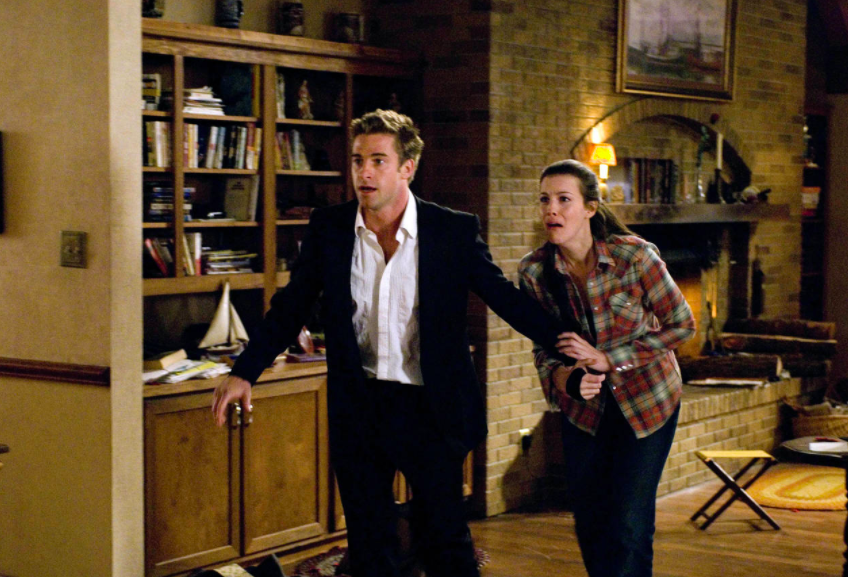
6. The Strangers (2008)
The poster for The Strangers says that the film is "Inspired by True Events", which led to much speculation as to what those events were. As it turns out, the inspiration behind the storyline had very little to do with the slasher, where a couple is brutally tortured and killed.
The director of the film, Bryan Bertino, said that one of his main inspirations was Helter Skelter, the true-crime novel about the Charles Manson family, who did like to toy with their victims.
According to the film's production notes, Bertino explained: "As a kid, I lived in a house on a street in the middle of nowhere. One night, while our parents were out, somebody knocked on the front door, and my little sister answered it. At the door were some people asking for somebody who didn't live there. We later found out that these people were knocking on doors on the area and, if no one was home, breaking into the houses."
It's a far cry from the eventual plot of The Strangers.
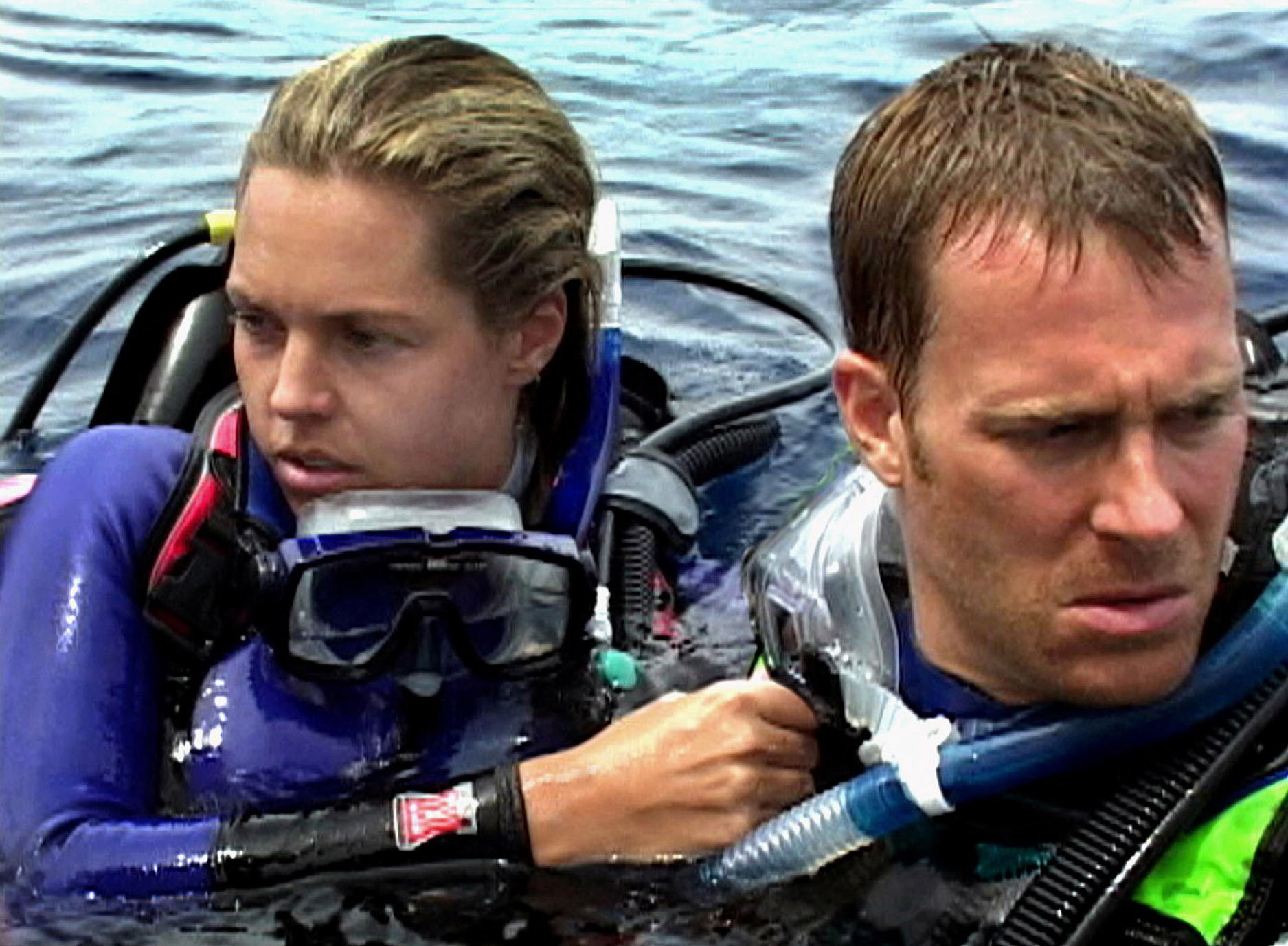
7. Open Water (2003)
It's fact that American scuba divers Tom and Eileen Lonergan were accidentally abandoned in shark-infested ocean waters by the company that took them out to see in Australia's Great Barrier Reef on January 25, 1998, but the rest of Chris Kentis' film is pure speculation.
We still do not know what particular fate befell the couple, but we do know that certain parts of their dive suits and gear did not bear any indicators of struggles with sharks — as the movie depicted. It's now believed that the pair discarded their scuba gear and tragically drowned.
In the fictionalised account, Tom dies from a shark attack, while Eileen commits suicide via drowning, knowing that she would also soon be killed by sharks.
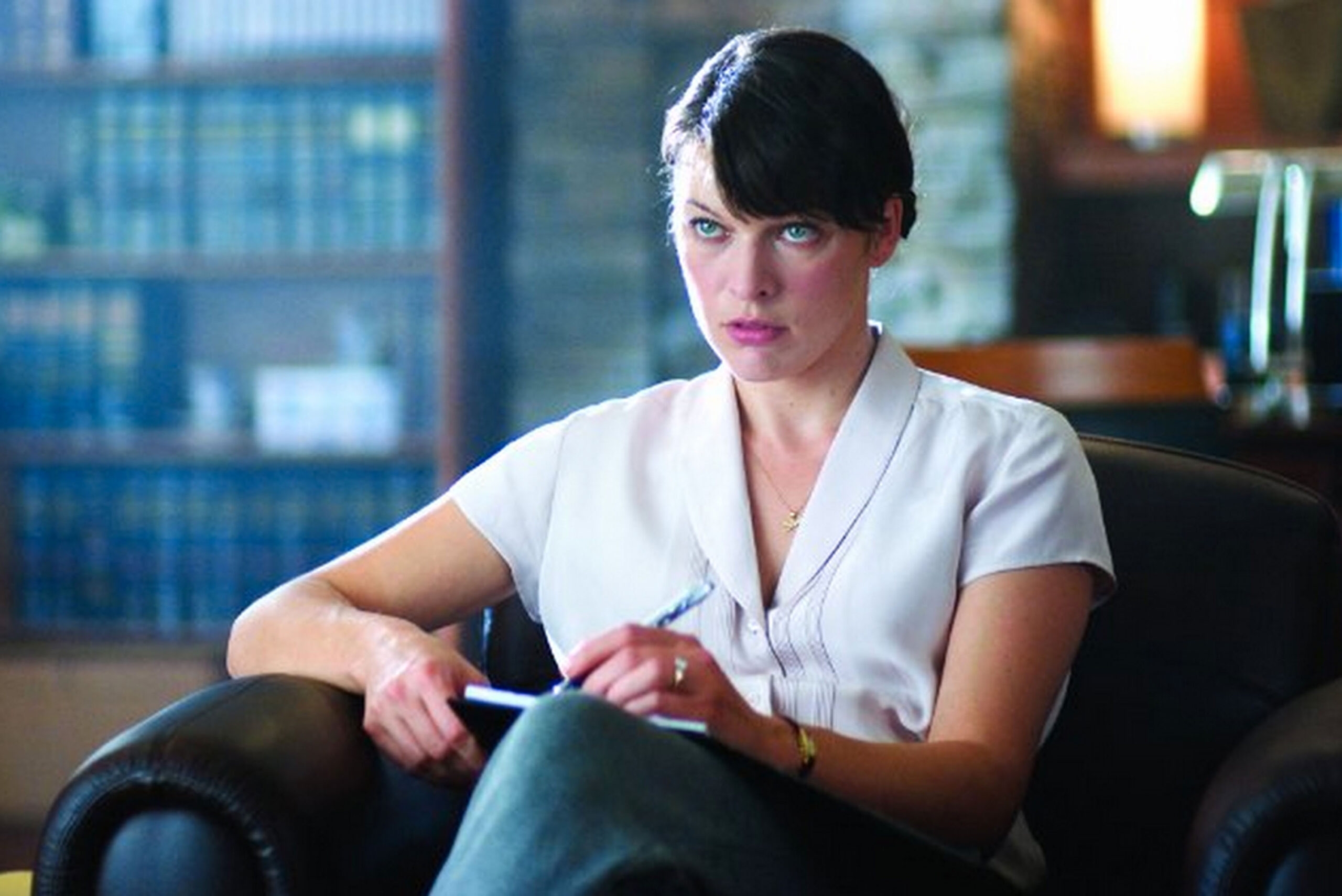
8. The Fourth Kind (2009)
The Fourth Kind was actually denounced as a "hoax" because it misrepresented the truth behind a string of mysterious disappearances in Nome, Alaska in October 2000 — which the film made out to be possibly due to alien abductions.
The mayor of the town, Denise Michels, went so far as to say that the supposed "true story" is very different to what actually transpired. "People need to realize that this is a science fiction thriller," she told CNN at the time. "Some of the calls I'm just ignoring because the issue we had to deal with in real life was very sensitive."
The FBI investigation in 2005 determined that the disappearances were caused by a combination of alcohol consumption and freezing temperatures in the area.

9. A Beautiful Mind (2001)
Sure, Russell Crowe did depict the real-life story of economics Nobel Laureate, John Nash, but there were several major inaccuracies, per The Spectator.
Nash never actually joined Wheeler Laboratory at MIT, because it doesn't exist. He did, though, become a lecturer at MIT. Nash also never worked at the Department of Defence, and he never even gave an acceptance speech for his Nobel prize.
In another dramatic storytelling turn, he was a father — but not in the way the movie shows. Nash did have a son out of wedlock, but he abandoned the mother, according to the publication.















